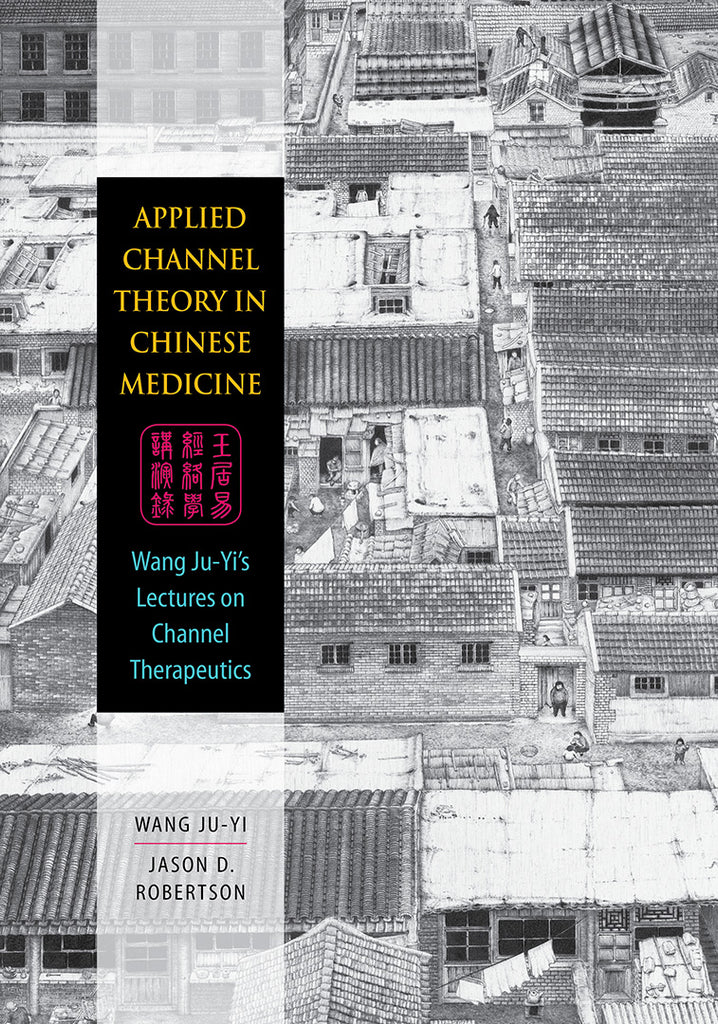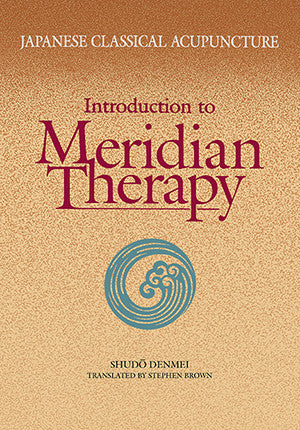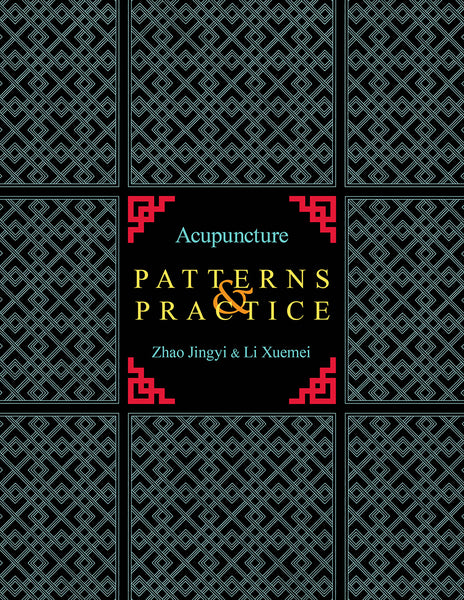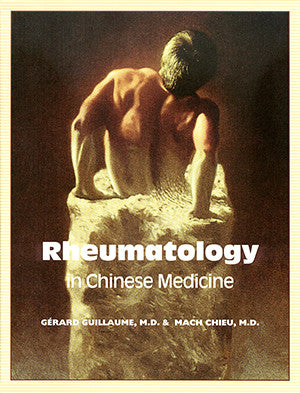
275 Illustrations & tables
Cloth
ISBN: 0-939616-62-9
978-0-939616-62-6
Applied Channel Theory in Chinese Medicine: Wang Ju-Yi’s Lectures on Channel Therapy
- PDF This eBook is available exclusively as a PDF and is readable with the free Javelin PDF Reader, accessible from your Account page after purchase. See eBook FAQs for details.
Description
Applied Channel Theory in Chinese Medicine demonstrates how a deeper understanding of the interrelationship between organ and channel theory can lead to more precise diagnoses and better clinical results. This book is a collaboration between Wang Ju-Yi, one of modern China’s most respected scholars, teachers, and practitioners of traditional Chinese medicine, and his American apprentice and practitioner, Jason Robertson.
While most textbooks focus either on the functions of the organs in basic physiology or on the uses of the channels in treatment, this book shows the essential relationships between the two. Theory and practice are connected through a detailed discussion of a channel palpation methodology developed by Dr. Wang, which leads to more precise and effective point selection, location, and technique.
Applied Channel Theory in Chinese Medicine was developed during Mr. Robertson’s apprenticeship with Dr. Wang in Beijing, and is presented in a unique and highly readable format that preserves the intimacy of dialogue between apprentice and teacher, with questions and answers, narratives, and case studies.
Winner of best TCM book of 2008 by the German Scientific Society of Traditional Chinese Medicine.
Contents
- Contents
- Preface
- Introduction
- Channel Theory and the Pillars of Chinese Medicine
- Fundamentals of Channel Theory
- An Introduction to Channel Diagnosis
- Basic Questions, Chapter 8
- The Tài Yïn (Greater Yin) System
- The Shào Yïn (Lesser Yin) System
- The Jué Yïn (Terminal Yin) System
- The Tài Yáng (Greater Yang) System
- The Shào Yáng (Lesser Yang) System
- The Yáng Míng (Yang Brightness) System
- The Extraordinary Vessels
- The Terrain So Far
- Physiology Under the Fingertips
- Specific Channel Changes
- Selecting Channels for Treatment
- What is an Acupuncture Point?
- Ansport Points
- The Source, Cleft, and Collateral Points
- A Brief Discussion of Classical Technique
- A Modern Perspective on Acupuncture Technique: Seven Steps Point Pairs
- Postscript: The Greatest Walk in Beijing
- Appendix 1: Pathways of the Channels
- Appendix 2: The Sensory Organs
- Appendix 3: Case Studies
- Appendix 4: Other Diagnostic Tools: Observation and Palpation of Alternate Pulses
- Appendix 5: The Liver and Attention Deficit Hyperactivity Disorder (adhd)
- Notes
- Point index
- General index
Reviews
"The value of this book functions as a follow-up to every TCM book we have ever seen. It takes up where Giovanni leaves off and explores what CAM only hints at. It takes Pirog and runs with it. This is one of the few TCM books that I wanted to read from front cover to back. And when I finished it, I started again from the front and re-read it. It's that good. It's that necessary."
—Douglas Eisenstark, L.Ac.
"I would recommend this book to anyone who feels at all uncomfortable with the approach of modern TCM acupuncture, which Dr. Wang sees as a ‘shadow medicine’ (useful as a starting point and convenient to teach, but lacking in flexibility and nuance). Although the ideas presented are those of only one practitioner, they are clearly based on a lifetime of passionate dedication, and because of that, they feel deeply authentic. I have no doubt this beautifully realized book will inspire many practitioners to re‑think or adapt their approach, and it will certainly deepen their knowledge of channel theory. What a bonus that, because of its intimate style, it is also easy and enjoyable to read."
—Tom Kennedy, The Journal of Chinese Medicine




